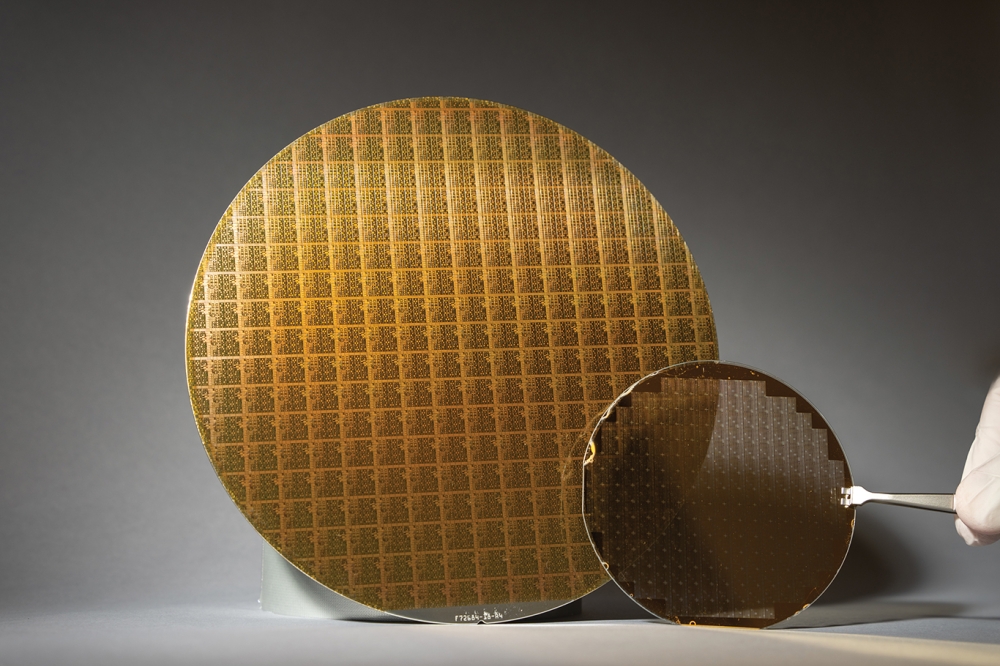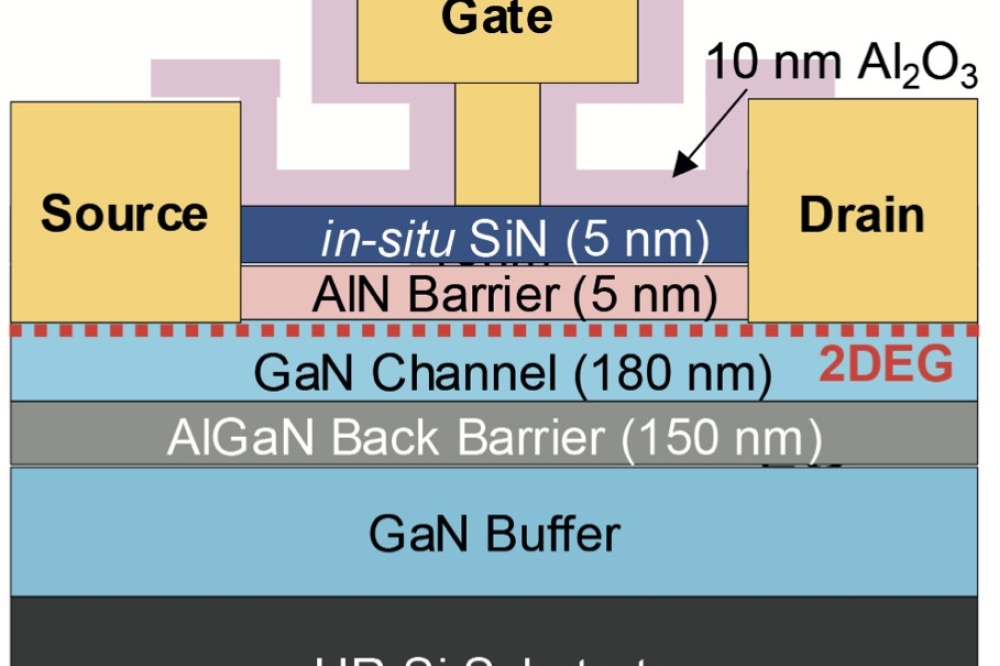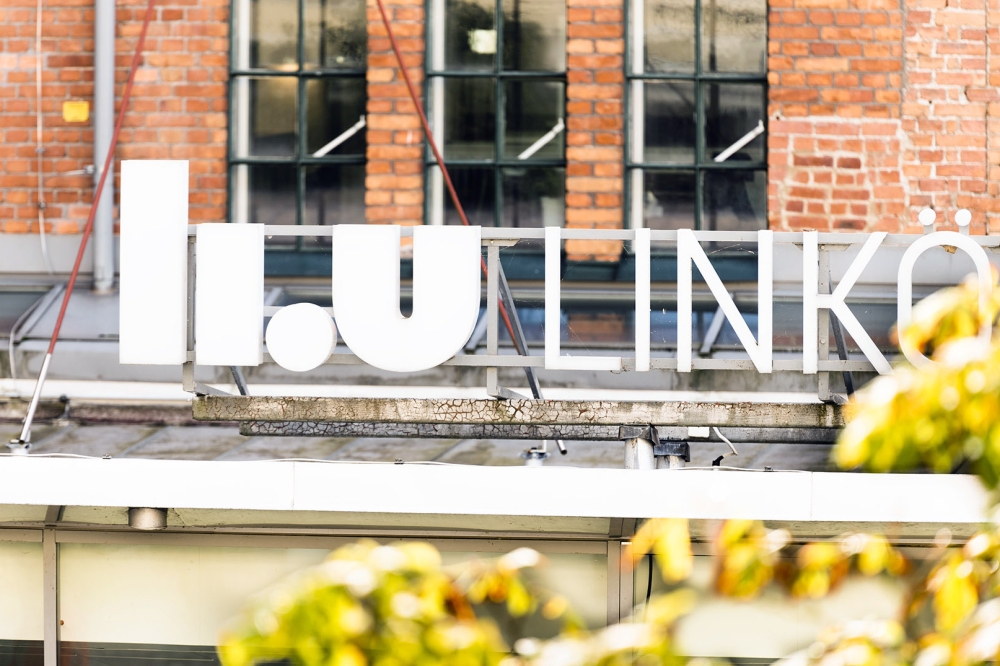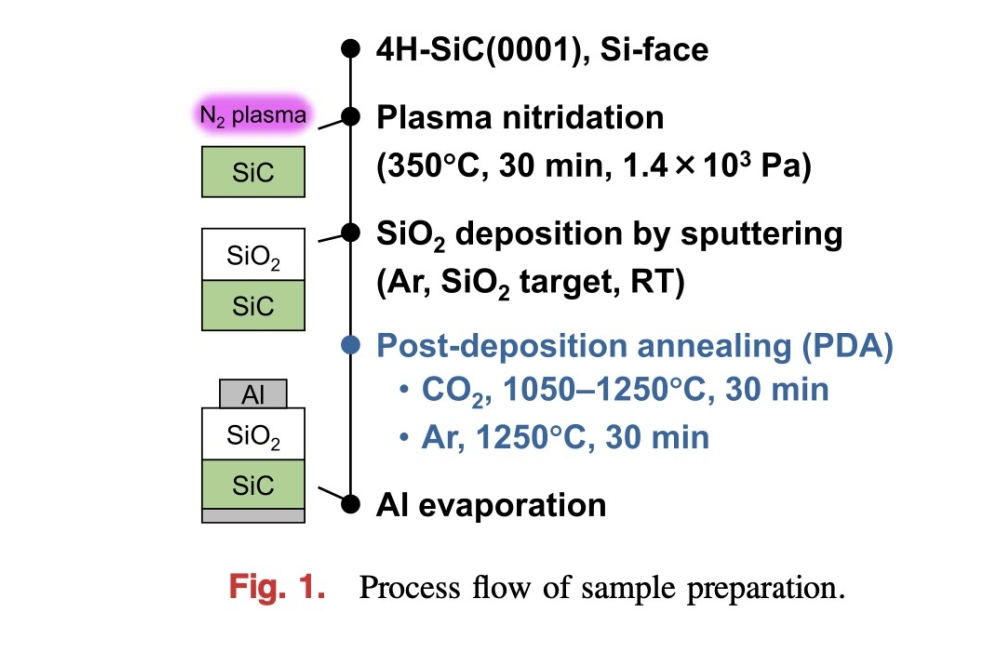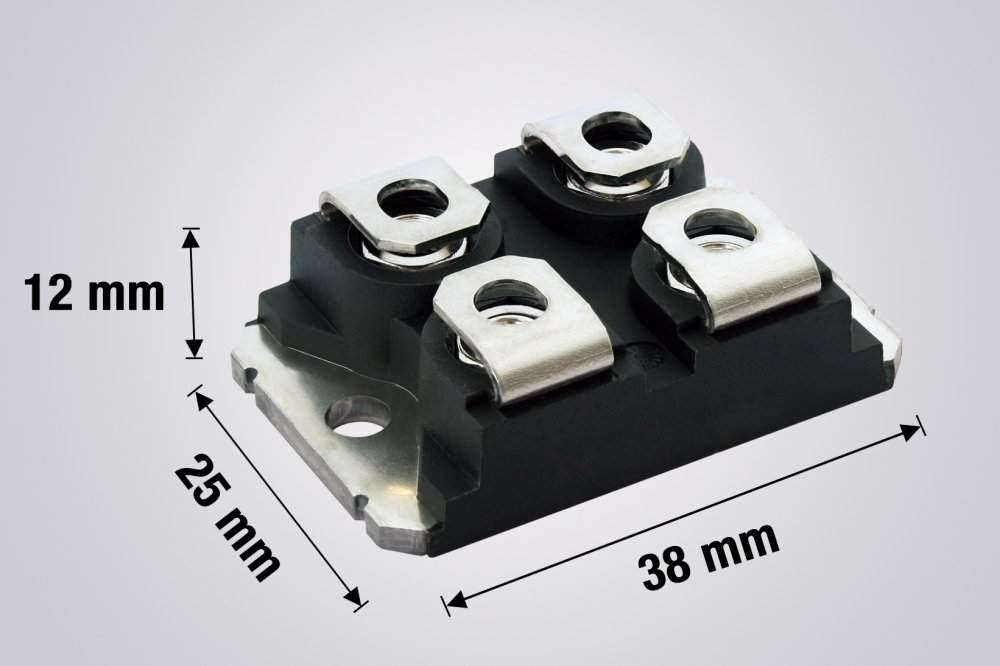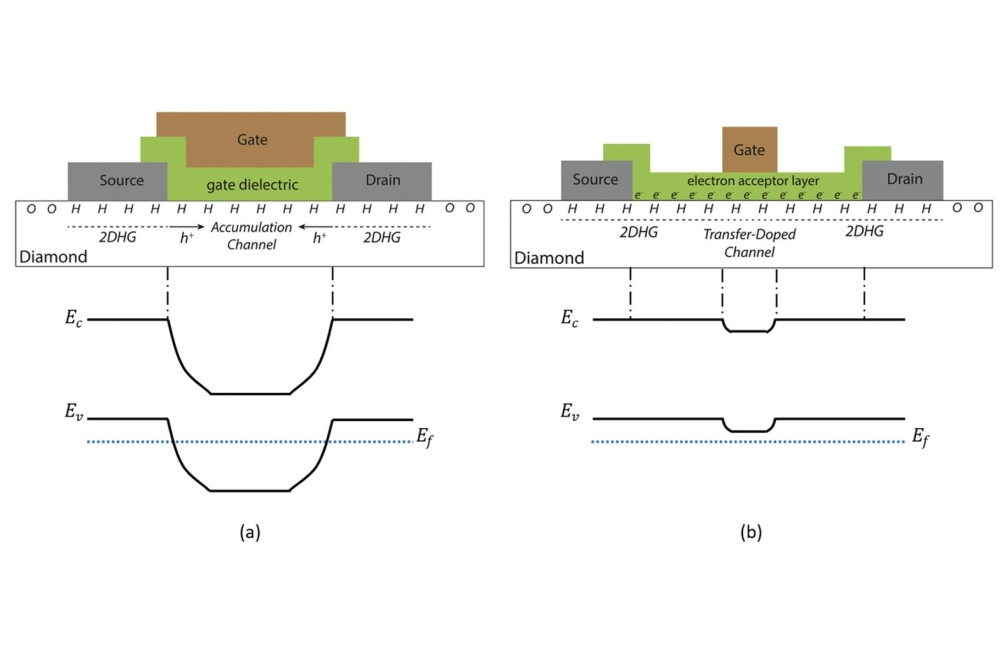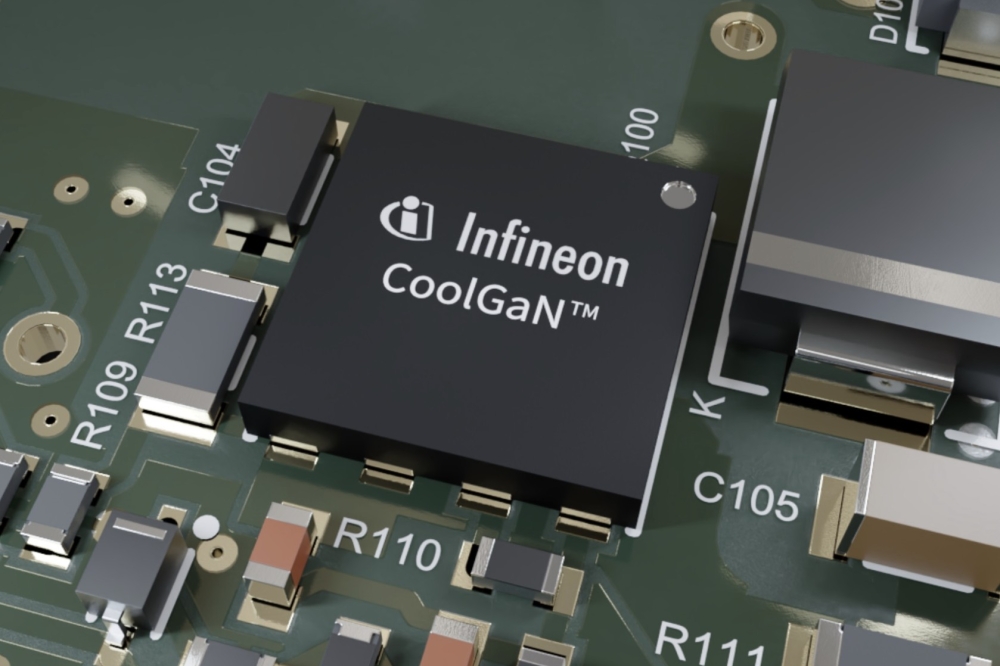US Army enlists Raytheon for next-generation radar
The US Army Research Laboratory (ARL) has entered into a collaborative alliance via a $1.1 million grant with Raytheon to develop Scalable, Agile, Multimode, Front End Technology, or SAMFET, for the Army's Next Generation Radar program (NGR).
As part of a 24-month cooperative research agreement within ARL's Advanced RF Technologies Program, Raytheon will work with ARL to create and demonstrate modular building blocks that can easily integrate with next-generation radar systems.
NGR will enhance radar-reliant Air Defense and Counter Rocket and Mortar system performance, particularly in portable configurations such as hand-held, vehicle-mounted and airborne deployments. Raytheon will work with ARL to explore new approaches for the design and fabrication of modular components that will fit into NGR's open architecture, offering processing flexibility, agility and efficiency across radar bands.
"Raytheon's storied track record of innovation in applied radar technologies uniquely positions us to play a critical role in the development of the U.S. Army's Next Generation Radar system," said Colin Whelan, Raytheon's vice president of Advanced Technology.
"With the [United States] Army Research Lab, our team will leverage Raytheon's deep investment and unmatched expertise as a pioneer in gallium nitride technology to dramatically improve radar capabilities and keep the Army ahead of its adversaries for many years to come."
A semiconductor material that can efficiently amplify high power signals at microwave frequencies, GaN enables radars to operate up to five times more powerfully than they would with older semiconductor technology, and without overheating.
Raytheon says its GaN components generate RF at a third of the cost per watt compared to GaAs alternatives, deliver higher power density and efficiency, and have demonstrated mean time between failures at an impressive 100 million hours.
